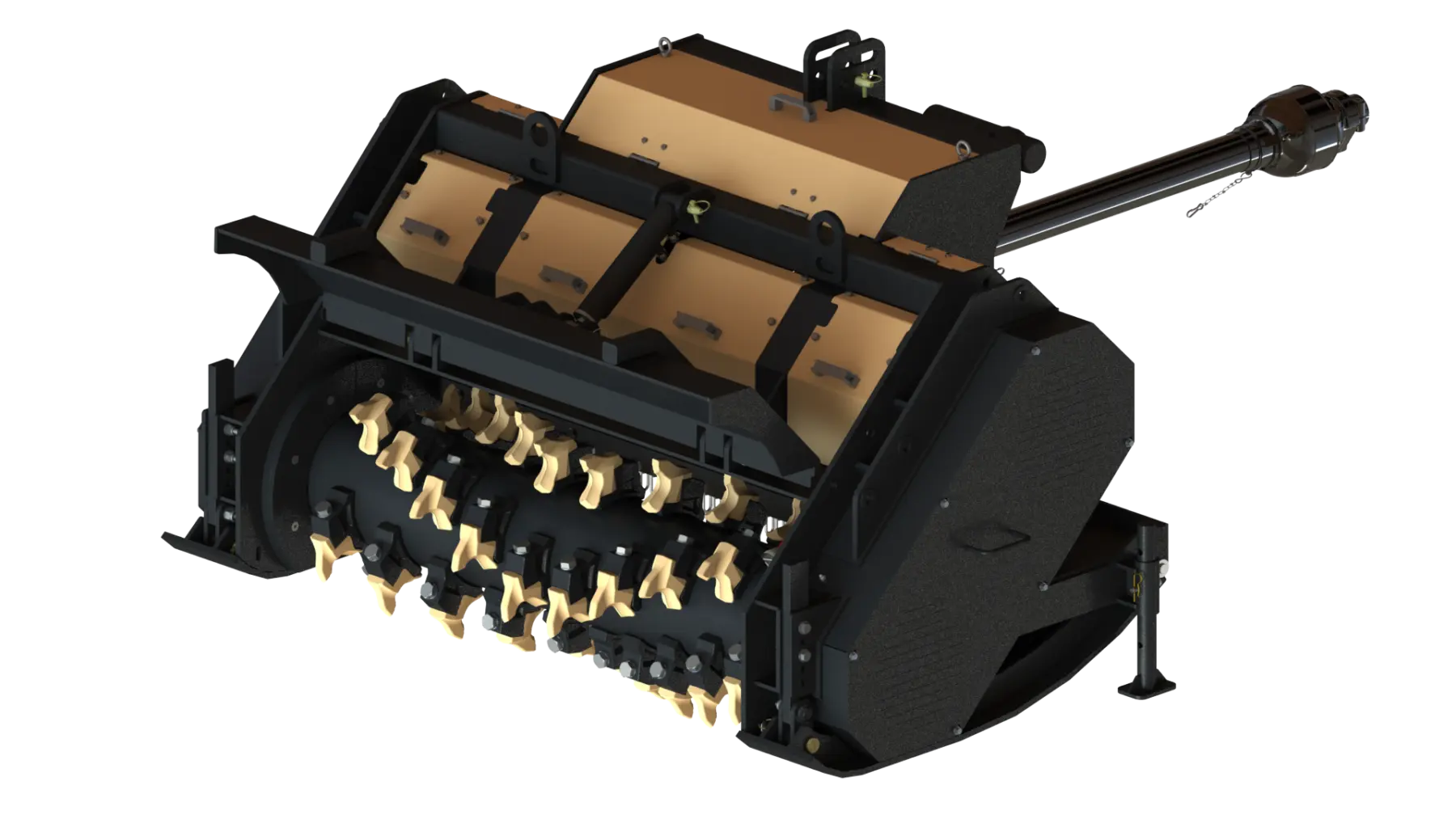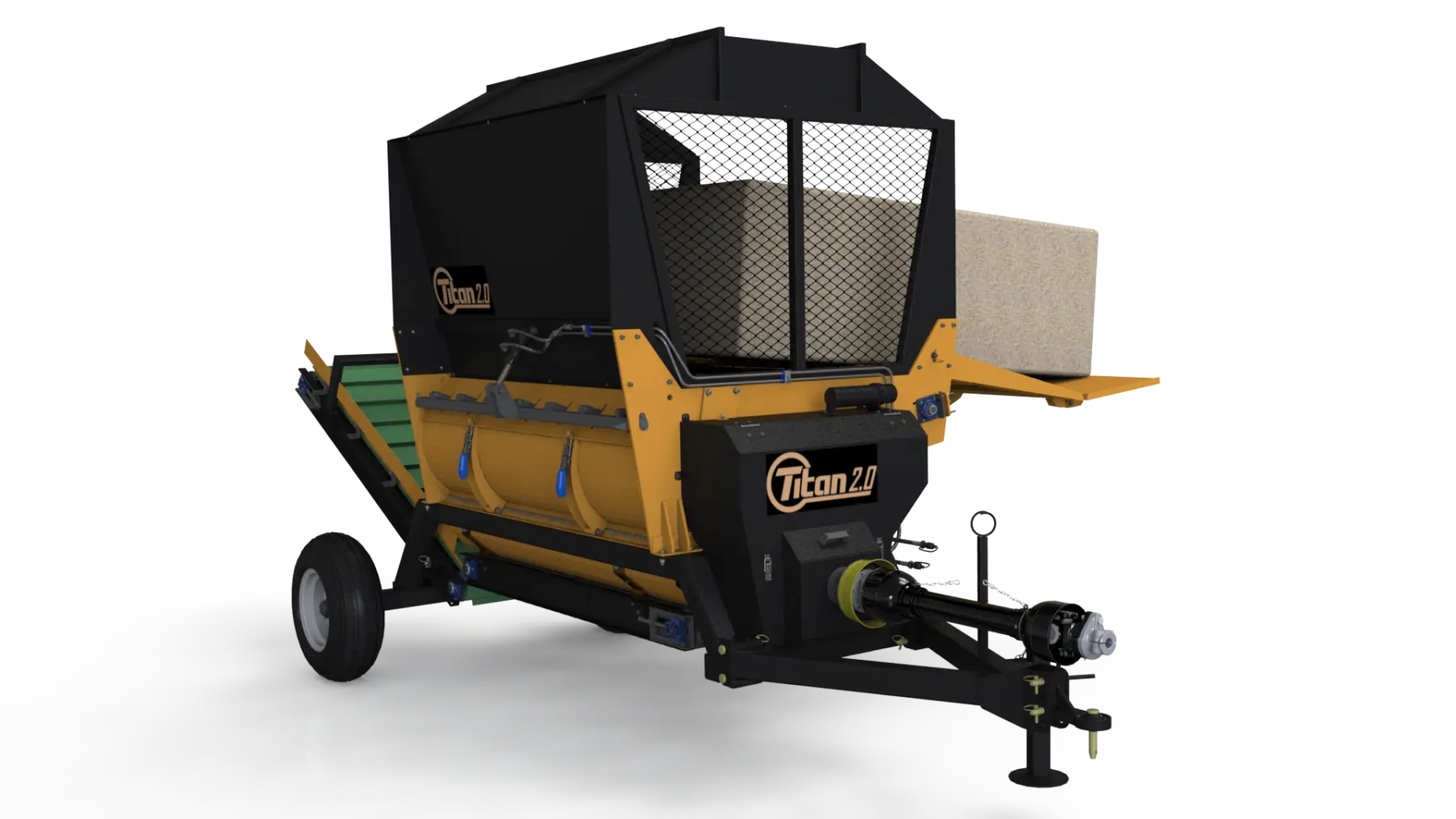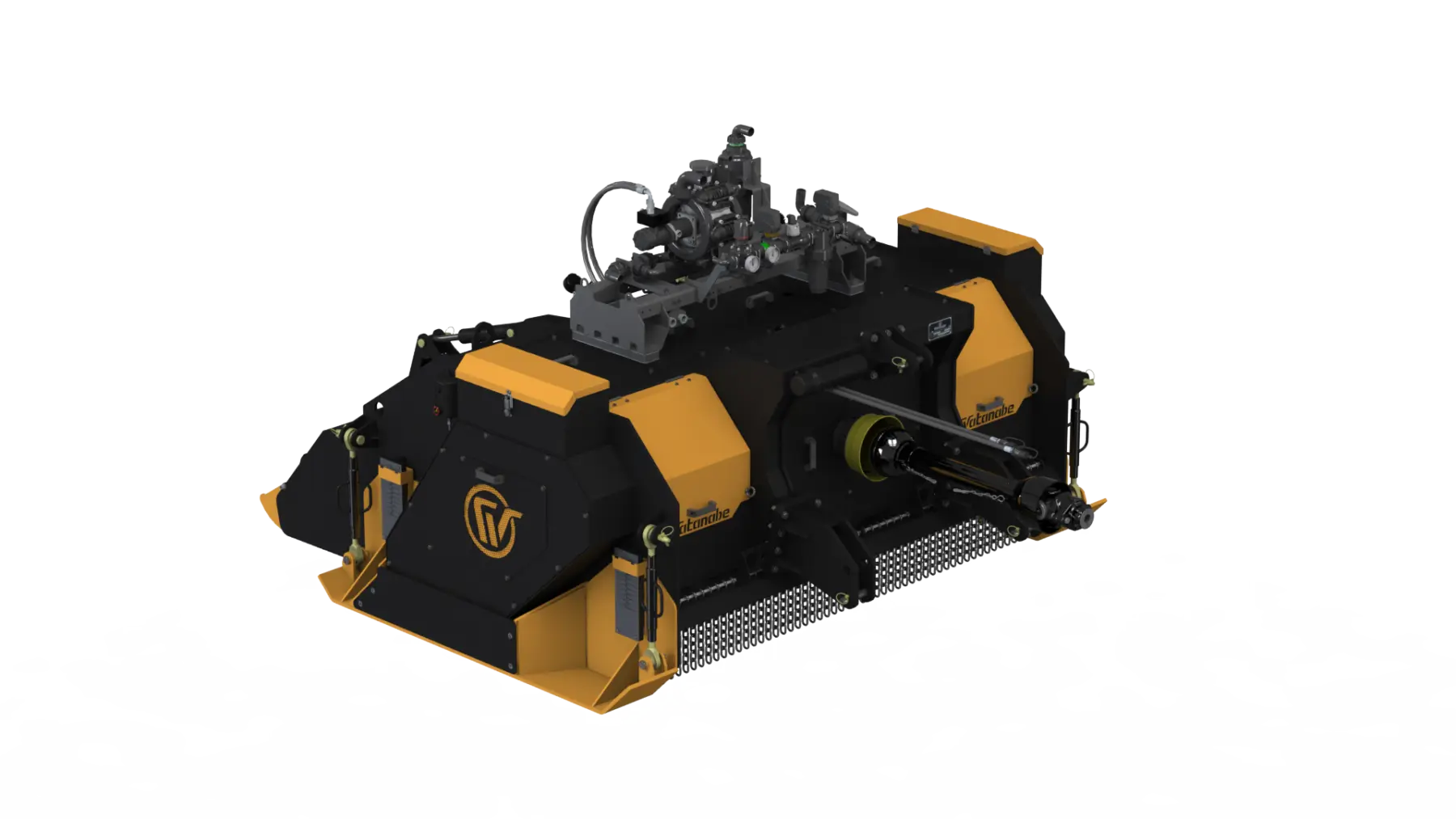Soil Stablizer / Mulchers / Stone Crushers
Brazil Watanabe Soil Stabilizer Machine Co.,Ltd
Watanabe is quality and trust
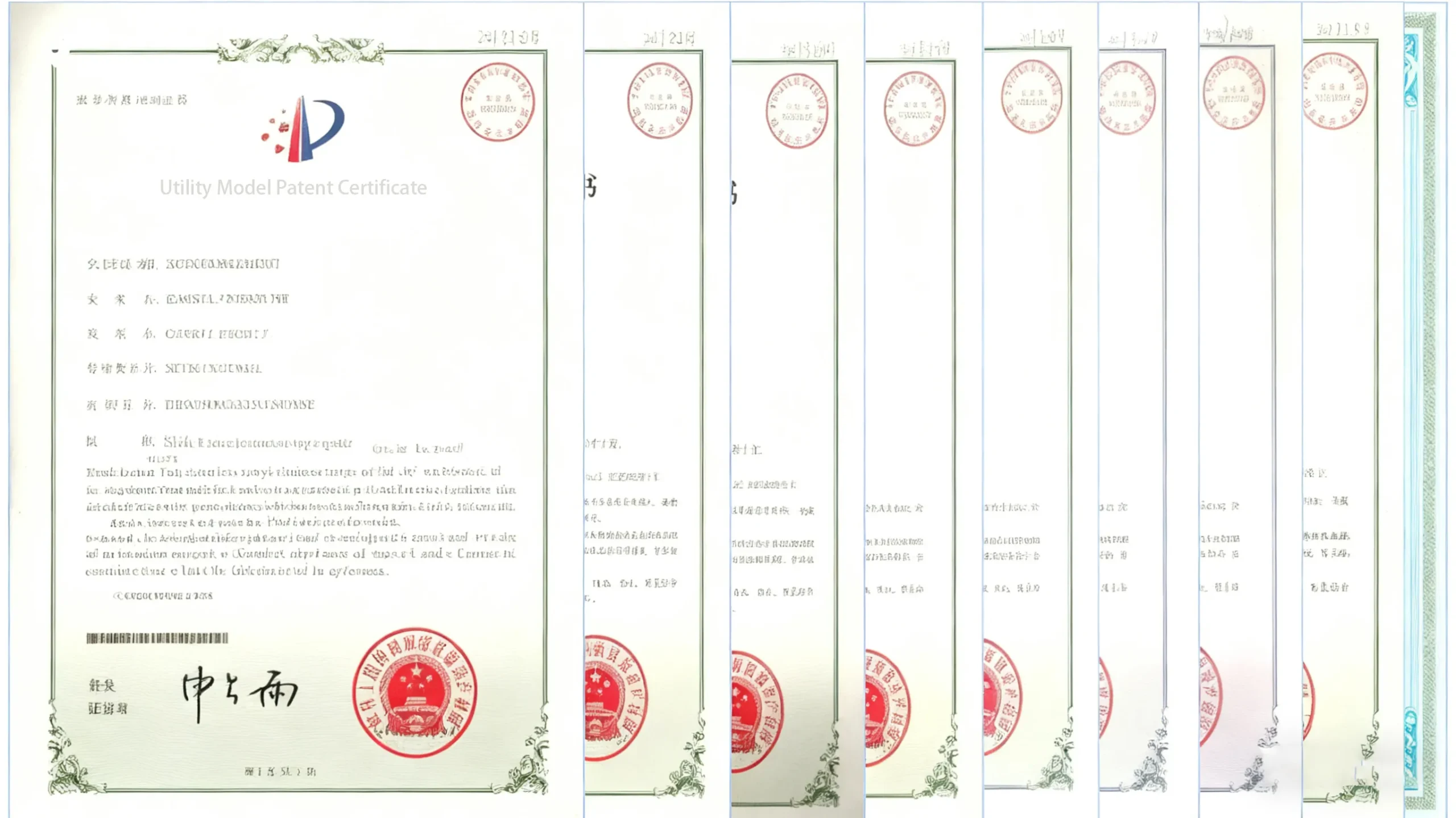
With over 55 years of unwavering partnership with farmers, Watanabe has been a cornerstone of agricultural innovation since its founding in 1970 in Castro, Paraná, Brazil. Starting as an authorized dealer for Ichida sprayers, our founder, Mr. Watanabe Jin, forged deep connections with local farmers to truly understand their challenges, leading to the development of our groundbreaking two-row potato harvester. The machine’s resounding success and surging market demand prompted the establishment of a dedicated potato machinery factory in 1976. Following Mr. Watanabe’s passing in 1983, his legacy was lovingly carried forward by his wife and children, who renamed the company in 1984 as Watanabe Máquinas Agrícolas Indústria e Comércio Ltda. Today, we continue to cultivate excellence in potato farming while expanding our expertise into cotton, sugarcane, forestry, soil stabilization, material handling, and storage solutions—delivering robust, farmer-focused machinery that enhances productivity and sustainability across Brazil and beyond. As a proud subsidiary of this storied enterprise, Brazil Watanabe Soil Stabilizer Machine Co., Ltd. specializes in advanced soil stabilization and rock crushing technologies, building on our parent company’s heritage to provide tailored, high-performance solutions for modern construction and land management needs.
Find Us
Where
Rodovia Pr 151, 281,6 | Distrito Industrial | Κάστρο – PR | Βραζιλία
Our Products
AREA CLEANING
POTATOES
LIVESTOCK
PAVING
Potato Furrower
Rotary Cultivator
Potato Planter
Potato Diggers
Potato Harvest
Compost Barn
About Brazil Watanabe
Since 1970, Watanabe has embodied unwavering quality and assurance, rooted in a profound respect for the land and a passion for advancing rural production through innovative soil stabilization solutions.
Customer Reviews
“I’ve used the Watanabe Soil Stabilizer Machine on several road reclamation projects in rainy seasons. It handles mixing asphalt residue into the base without much slabbing, and the output is steady at about 7-8 mph on flat terrain. It’s not the fastest out there, but it gets the job done reliably when the ground is soft. We saw less erosion on slopes after treatment, which saved us from rework. Maintenance is straightforward, though the coulters need sharpening after 200 hours.”
-John Ramirez, Construction Contractor, United States (Texas)
“Our team runs the Watanabe Rock Crusher daily on limestone quarries. The jaws hold up okay against 2-3 inch rocks, crushing around 50-60 tons per shift without major breakdowns. We’ve had to weld wear parts a couple of times after six months, which is expected in abrasive conditions. It’s sturdy for the price, but blockages happen if you overload it—takes about 30 minutes to clear. Overall, it’s helped reduce our hauling costs from the site.”
-Priya Singh, Mining Operator, India (Rajasthan)
“As a small-scale operator, the Watanabe Stone Crusher attached to our tractor has been practical for clearing field stones. Setup is simple with the hitch kit, and it processes 1-2 inch material into finer base without much fuss. We run it at lower speeds to avoid plugging, and it’s manageable for one person. Not ideal for very wet soil, as it can bog down, but for dry paddocks, it’s efficient enough to prepare ground for planting.”
-Liam Thompson, Farmer, Australia (New South Wales)
“We deployed the Watanabe Soil Stabilizer on a highway stabilization project. It compacts well with minimal chemical additives, lasting through winter without much degradation. The initial cost was reasonable compared to renting larger units, and we’ve saved on over-excavation by treating in place. Fuel consumption is about 20-25 liters per hour, which adds up, but the reduced downtime makes it worthwhile. Support from Watanabe was prompt when we needed parts.”
-Anna Müller, Infrastructure Engineer, Germany (Bavaria)
“Safety is key in our hillside projects, and the Watanabe Rock Crusher has stable guards that prevent ejections during operation. It crushes concrete debris from old sites into reusable fill, helping with eco-friendly disposal. We process around 40 tons daily, but noise and dust require masks and ear protection. It’s not silent or dust-free, but better than manual breaking. No major incidents in a year, though we check belts regularly to avoid slips.”
-Carlos Oliveira, Land Reclamation Specialist, Brazil (Minas Gerais)
“After purchasing the Watanabe Stone Crusher, we had an issue with the rotor alignment early on. Their service team responded within a week and fixed it under warranty—no extra cost. Now it runs smoothly on granite, outputting 1-inch minus at a decent rate. Maintenance intervals are every 100 hours, which fits our schedule. It’s not maintenance-free, but the parts are affordable and available locally.”
-Thabo Nkosi, Quarry Manager, South Africa (Gauteng)
“In freezing conditions, the Watanabe Soil Stabilizer holds up with its sealed components, preventing freeze-ups. We use it for base preparation on gravel roads, mixing in aggregates without clumping. Speed drops to 5 mph in snow, but it stabilizes effectively for traffic. We’ve noticed better longevity than older models we had, though heating the hydraulics helps in sub-zero temps.”
-Elena Petrova, Road Builder, Russia (Siberia)
“The Watanabe Rock Crusher adapts well to sandstones and recycled concrete in our urban projects. It switches between jaw settings easily for different sizes, producing usable fill for foundations. Versatility is a plus, but in high-heat, we monitor overheating—adds a short break every few hours. It’s functional for mixed jobs without needing multiple machines.”
-Mohamed Ali, Contractor, United Arab Emirates (Dubai)
“The Watanabe Soil Stabilizer Machine has been part of our coastal erosion control efforts. It mixes soil evenly at around 6-7 km/h, using about 18 liters of fuel per hour on moderate terrain. We’ve noticed savings in additive costs since it compacts well without extras, but in sandy areas, it requires more passes to achieve stability. Overall, it’s functional, though we track fuel closely to manage budgets.”
-Sophie Laurent, Civil Engineer, France (Normandy)

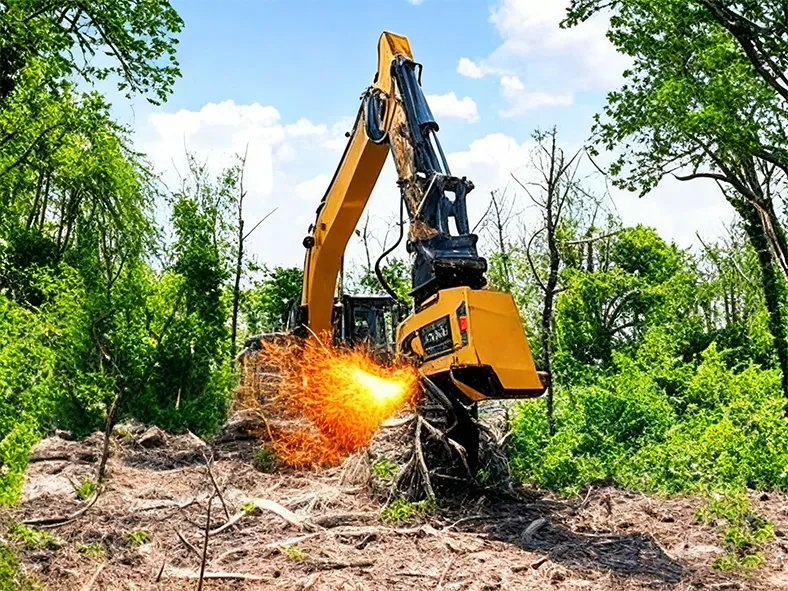
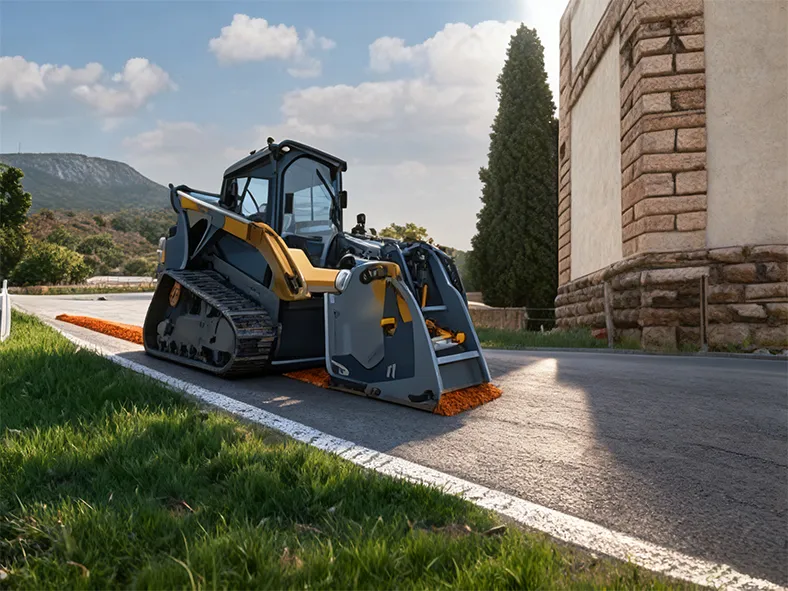
Project Case Studies
Road Reclamation in Wet Texas Terrain (United States)
Led by Watanabe’s technical team during a 2023 pilot test, this project stabilized 15 miles of rural roads prone to flooding. Team member Engineer Alex Kim conducted on-site testing: Pre-project soil analysis showed 25% clay content, leading to a customized mixing protocol. Operation process: (1) Site prep—clear debris and grade surface; (2) Attach stabilizer to 150HP tractor; (3) Set rotor depth to 10 inches, add water for 18% moisture; (4) Mix in 6-8 mph passes, compact with roller; (5) Cure for 48 hours. Data: Achieved 300 tons/day output; unconfined compressive strength increased from 50 psi to 150 psi post-treatment. Challenges: Rain-induced slabbing delayed work by 20%, addressed via phased drying. Results: Erosion reduced by 50%, per follow-up surveys; project completed under budget, saving 15% on materials.
Limestone Quarry Expansion in Rajasthan (India)
In a 2024 quarry upgrade, Watanabe’s team collaborated with operators for Rock Crusher deployment. Technician Raj Patel oversaw installation and testing: Simulated loads confirmed 60-ton/hour capacity on 3-inch limestone. Process: (1) Blast and load rocks via excavator; (2) Feed into jaw crusher at controlled rate; (3) Primary crush to 4-inch, secondary to 1-inch via cone; (4) Screen and stockpile; (5) Daily inspections for wear. Data: Processed 1,500 tons/shift over 8 months; fuel efficiency at 22 liters/hour. Challenges: Abrasive dust caused 10% downtime for filter cleans; mitigated with water suppression. Results: Hauling costs dropped 30%, enabling site expansion without external suppliers.
Permafrost Road Base Stabilization in West Siberia (Russia)
In 2024, a 20-km oil field road project in Tyumen’s permafrost (up to 1300 m deep) deployed the Soil Stabilizer. Specialist Elena Petrova tested mixes with high-moisture peat and clays, using 10-20% cement. Process: (1) Winter prep for frozen base; (2) Attach to tractor; (3) Mix at 6-8 mph with geosynthetics; (4) Compact with insulation; (5) Monitor 6 months. Data: 250 tons/day, strength to 11-21 MPa. Challenges: -50°C delays from cracking, reduced by holders. Results: 1.5-2x stability, 1.5-1.9x cost cuts.
Agricultural Land Clearing in New South Wales (Australia)
A small-farm project tested the Stone Crusher in 2022, with team agronomist Lisa Wong leading field trials. Soil tests revealed rocky paddocks with 20% stone content. Process: (1) Hitch to 100HP tractor; (2) Adjust PTO speed to 540 rpm; (3) Crush 1-2 inch stones in 4 mph passes; (4) Collect fines for base layer; (5) Post-crush tilling. Data: Cleared 5 acres/day; output 40 tons of gravel. Challenges: Wet soil bogging reduced speed by 25%, solved by drier timing. Results: Improved planting yield by 15%, with reusable aggregates.
Highway Stabilization in Bavaria (Germany)
2023 tests on 10-km segment used the Soil Stabilizer effectively. Process: (1) Sample for plasticity (<20); (2) Mix at 5-7 mph with minimal lime; (3) Layer compact; (4) Ready in 72 hours. Data: 24 liters/hour fuel, 200 psi strength. Challenges: 10% freeze delay, countered by heated hydraulics. Results: 40% less excavation. Team noted compliance with local environmental standards, making it suitable for regulated infrastructure projects in Europe.
Concrete Debris Reclamation in Minas Gerais (Brazil)
In 2024, Watanabe’s team tested the Rock Crusher on hillside urban waste sites spanning 30 acres. Specialist Carlos Oliveira oversaw sorting and processing. Process: (1) Sort debris by size; (2) Batch crush in controlled feeds; (3) Screen for reusable fill; (4) Inspect output; (5) Reuse on-site. Data: 45 tons/day, 18 liters/hour fuel. Challenges: 90 dB noise requiring PPE and dust suppression. Results: 35% disposal savings, eco-friendly recycling. This approach minimized landfill use in sensitive areas.
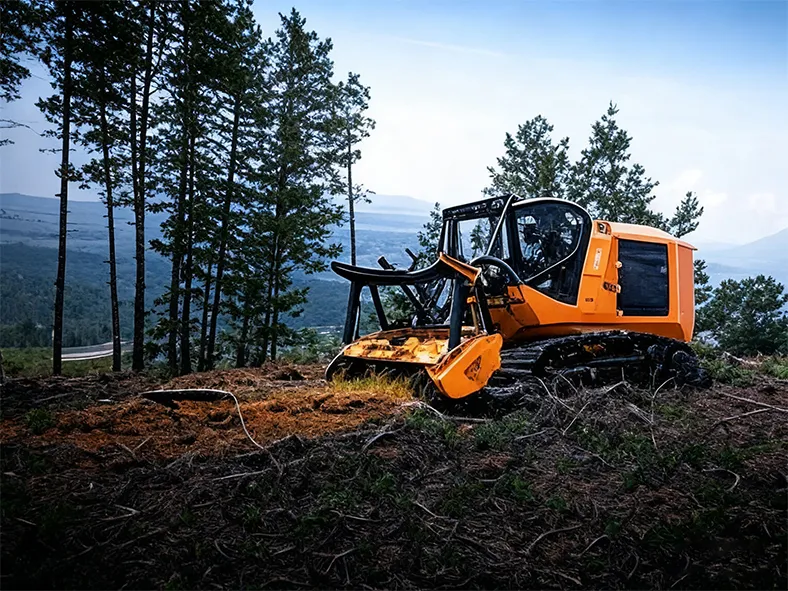
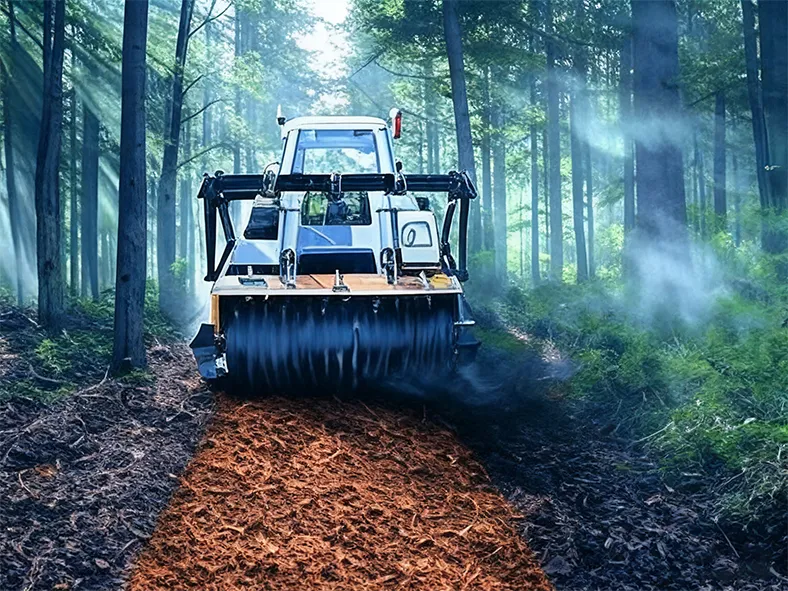
Operation Processes and Challenges Table
This table summarizes typical workflows and issues, based on aggregated data from similar machinery.
| Product | Step-by-Step Operation Process | Common Challenges & Mitigations | Key Data Metrics |
|---|---|---|---|
| Soil Stabilizer Machine | 1. Site prep & soil test; 2. Attach & calibrate; 3. Mix with moisture control; 4. Compact; 5. Cure & inspect. | Wet slabbing (delay 20%): Adjust moisture; freeze-ups: Heat fluids. | Output: 40-70 tons/hour; Fuel: 15-25 L/hour; Strength gain: 100-200 psi. |
| Rock Crusher | 1. Load via excavator; 2. Primary crush; 3. Secondary reduction; 4. Screen; 5. Maintenance check. | Abrasive wear (downtime 10%): Replace parts; blockages: Control feed. | Output: 45-200 tons/hour; Fuel: 18-50 L/hour; Wear interval: 1,000-1,200 hours. |
| Stone Crusher | 1. Hitch to tractor; 2. Adjust speed; 3. Crush in passes; 4. Collect aggregates; 5. Till if needed. | Bogging in wet (speed drop 25%): Dry timing; dust: Suppression. | Output: 30-120 tons/hour; Fuel: 16-40 L/hour; Clearance: 5-10 acres/day. |

